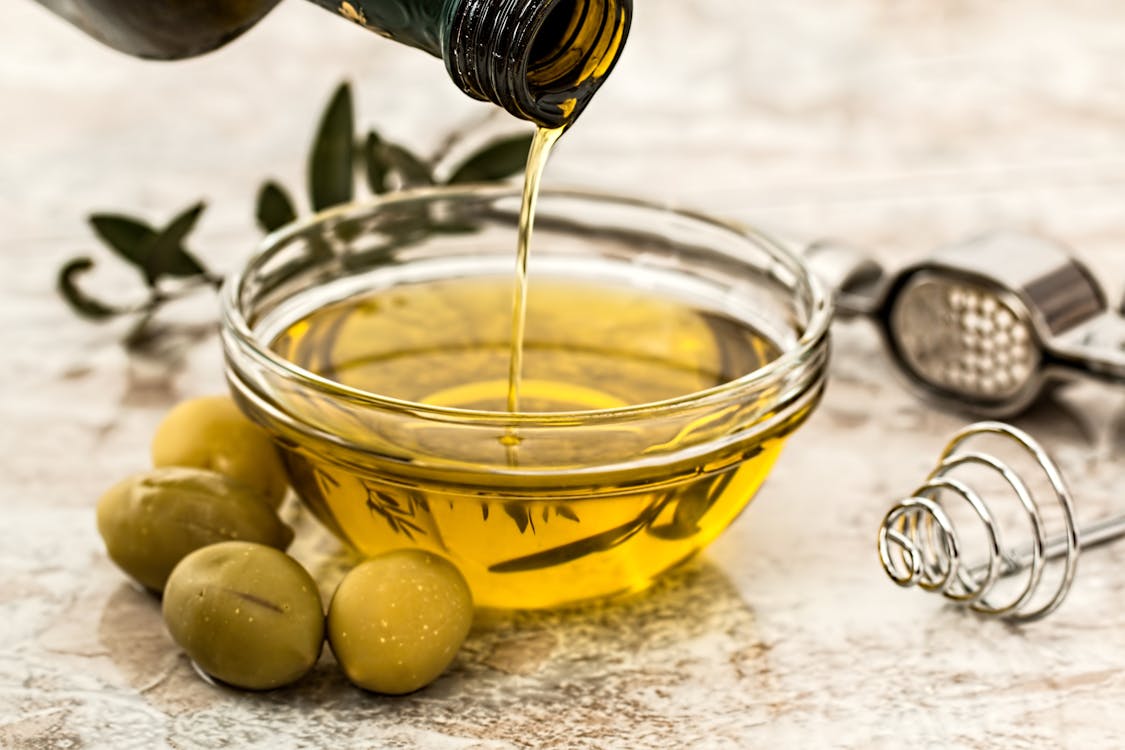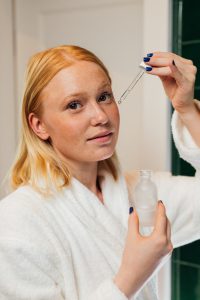Learn Why You Need To Add Oils On Your Skincare Routine

In our skincare journeys, we are often taught to see oils as a villain. We’re told that oil is the root of all pimples and should be stripped away at any cost – like an unwelcome visitor in your home. But have you ever paused to ask yourself why our skin produces this “evil” oil?
Every story has its protagonists and antagonists; it’s time for us to recognize the good side of facial oils!
Learning About Facial Oils
To begin with, our skin serves as our bodyguard against external peril. The outermost layer of our epidermis is known as the stratum corneum; a defensive wall that barricades us from harm, with its structure comparable to brick and mortar. Today, we will take an in-depth look at the hero behind this defense system: namely, lipids—the natural fats found underneath your dermal layers!
You might already know that ceramides, cholesterol, and free fatty acids are essential lipids required to form a strong “mortar” for our skin barrier. This troop of lipids works together to lock in moisture while safeguarding against environmental pathogens.
It’s important to note that although ceramides, cholesterol, and free fatty acids have a similar purpose of safeguarding the skin from external elements and locking in moisture as our natural sebum does, they are composed differently. Sebum is generated by oil glands within our skin, whereas these lipids are produced by cells.
How To Work With Oils
Sadly, we often fail to nourish our skin’s natural defenses and instead strip it of its necessary oils with improper skincare practices. We’re guilty of over-cleansing, stripping, exfoliating, and abusing the precious barrier that is our skin. Sorry, not sorry – but really…we owe you an apology for this one, Skin!
We can restore our skin to its natural state and make it less sensitive by incorporating a skincare product that contains ceramides, cholesterol, and free fatty acids into our routine, like the Retinol Restorative Overnight Balm or the Matcha Oat Milk Nourishing Mask from 100% PURE. This will help replenish the skin’s mortar, so we can have an even stronger barrier than before!
To give you a better understanding: ceramides are healthy fats created by our skin to upsurge hydration and safeguard the barrier, while cholesterol aids in hastening recovery as well as boosting flexibility. Fatty acids have a complex nature, so sit tight. Every oil possesses its own set of fatty acids, be they essential or non-essential.
Linoleic acid and α-linolenic acid are essential fatty acids. Found inside the skin and not on its surface helps out in the sebum-producing, and, according to researches, acne patients have a linoleic acid deficiency. In other words, linoleic acid is an essential structural component of skin ceramides.
Ancient civilizations have utilized plant oils for both therapeutic and cosmetic reasons due to their plethora of skin advantages. However, not all botanical extracts are equal. The efficacy of these natural ingredients is determined by the levels of linoleic and oleic acids in them – but what makes those two fatty acids different from each other? Let’s explore this further!
Difference between linoleic acid and oleic acid
Linoleic acid
Linoleic acid is omega-6, and it’s an essential fatty acid, but can’t be produced by our body.
The skin’s capacity to stay impermeable is largely dependent on the presence of linoleic acid in ceramides. Acne-prone, oily skin generally possesses low levels of this particular fatty acid, which results in more viscous oils that can easily lead to blockage and sebum accumulation, eventually causing acne breakouts.
To better regulate sebum production, and thus reduce the likelihood of acne formation, regularly supplementing your skin with linoleic acid is key. This essential fatty acid helps to thin oil secretion from our pores, preventing any part of our skin from clogging up. Since it cannot be produced naturally by our bodies alone, we must obtain it through consuming an omega-6 rich diet or topical application methods.
A few of the most acclaimed oils that are rich in Linoleic acid include Safflower oil, Hemp seed oil, Rosehip Oil, Grapeseed Oil, and Evening Primrose Oil.
Oleic acid
Oleic acid is omega-9, but it’s a non-essential fatty acid produced by our bodies.
Our body naturally produces oleic acid, which is also found in our sebum, making those with oily and acne-prone skin have greater amounts of it. This fatty acid offers an abundance of nourishing moisture to dry skin as it provides a rich heavy consistency.
When seeking oils for your skincare routine, popular choices with high percentages of oleic acid include Olive Oil, Avocado Oil, Marula Oil, Hazelnut Oil, and Sea Buckthorn Oil.
We hope that you now have savvy knowledge about which oil is most suitable for your skin issues and fatty-acid requirements. To contribute to this newfound wisdom, we would love to introduce the plant oil that will greatly aid in your journey towards clear skin: The Intensive Nourishing Facial Oil from 100% PURE!
This product is truly a wonder – the balance of linoleic and oleic acids creates an incredibly rich texture, Deeply nourishing, ultra-lightweight facial oil concentrated with a highly potent blend of clarifying oils and anti-aging antioxidants. With so many benefits in one product, there’s no doubt why this miraculous oil has become someone’s hero!


